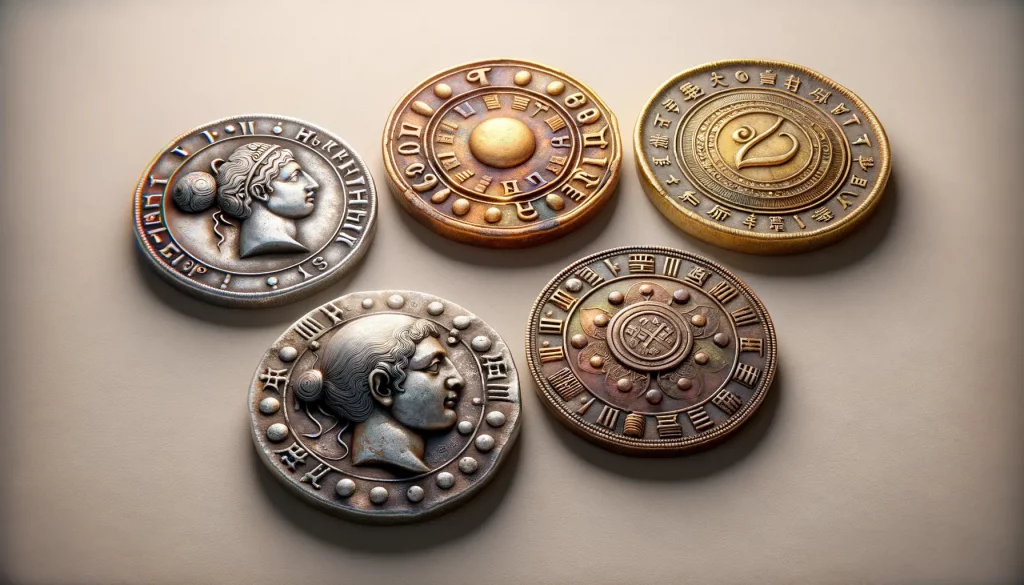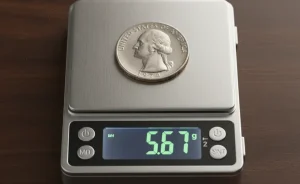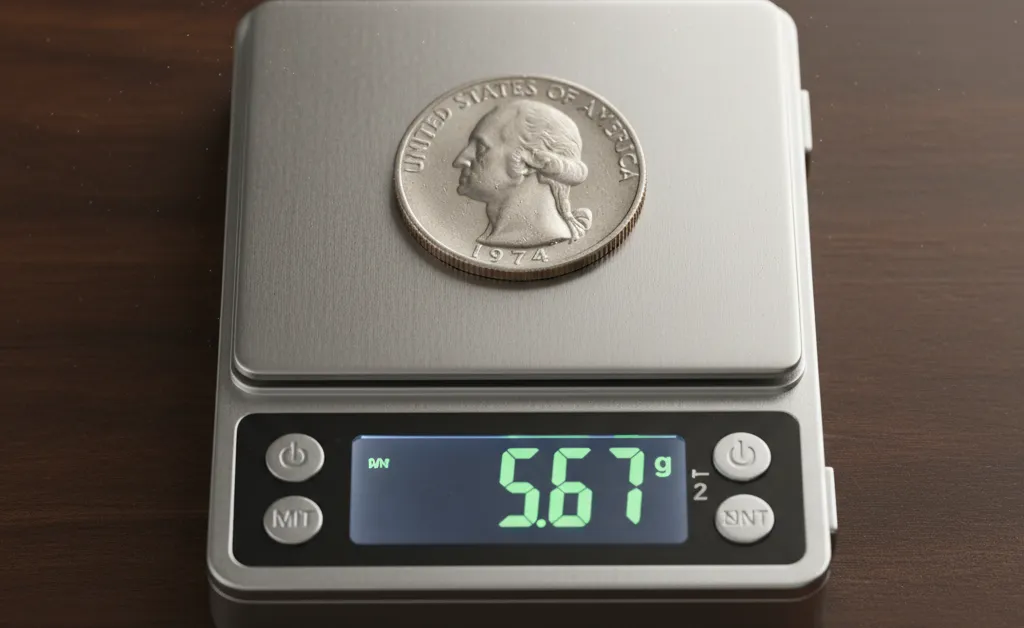Introduction to the Historical Journey of Coin Materials
Imagine holding a coin in your hand—not just a piece of currency, but a tiny, tangible time machine. Coins have been silent witnesses to human ingenuity and resilience through millennia, evolving not just in design, but in the very materials that make them. To truly appreciate the clink of modern coins in your pocket, we need to take a step back and journey into their fascinating past.
The Earliest Materials: A Blend of Beauty and Utility
Long before budgets and banking apps, our ancestors sought materials for coins that balanced practicality with prestige. The earliest coins weren’t just shiny trinkets—they were symbols of power and trust. Ancient civilizations gravitated toward metals like gold, silver, and electrum (a naturally occurring alloy of gold and silver) because of their rarity, durability, and intrinsic value.
- Gold: Universally cherished, it added instant value and prestige to coins.
- Silver: Durable and less rare than gold, it became the backbone of many ancient monetary systems.
- Bronze and Copper: Affordable yet sturdy, ideal for everyday transactions.
But beyond utility, these materials told stories. A well-worn Roman denarius could whisper tales of conquest, trade, or even betrayal. And don’t forget how rulers stamped coins with their faces—not for vanity, but to declare authority far and wide, making coinage a medieval equivalent of a political tweet!
More Than Metal: The Emotional Weight of Coins
Just think about it: every scratch on an ancient coin holds a tale. A merchant might have counted it on the Silk Road beneath a starlit sky. A soldier may have carried it as a token of home while marching into battle. Through war, peace, famine, and prosperity, coins—and their materials—became artifacts of survival and progress. Doesn’t it feel poetic that something so small could carry the weight of such immense human history?
From glimmering treasures to humble alloys, each shift in material reflects not only technological advances but also the heartbeat of societies adapting to change. Ready to dive deeper into this metallic evolution? Let’s keep going!
Key Metals Used in Ancient Coinage
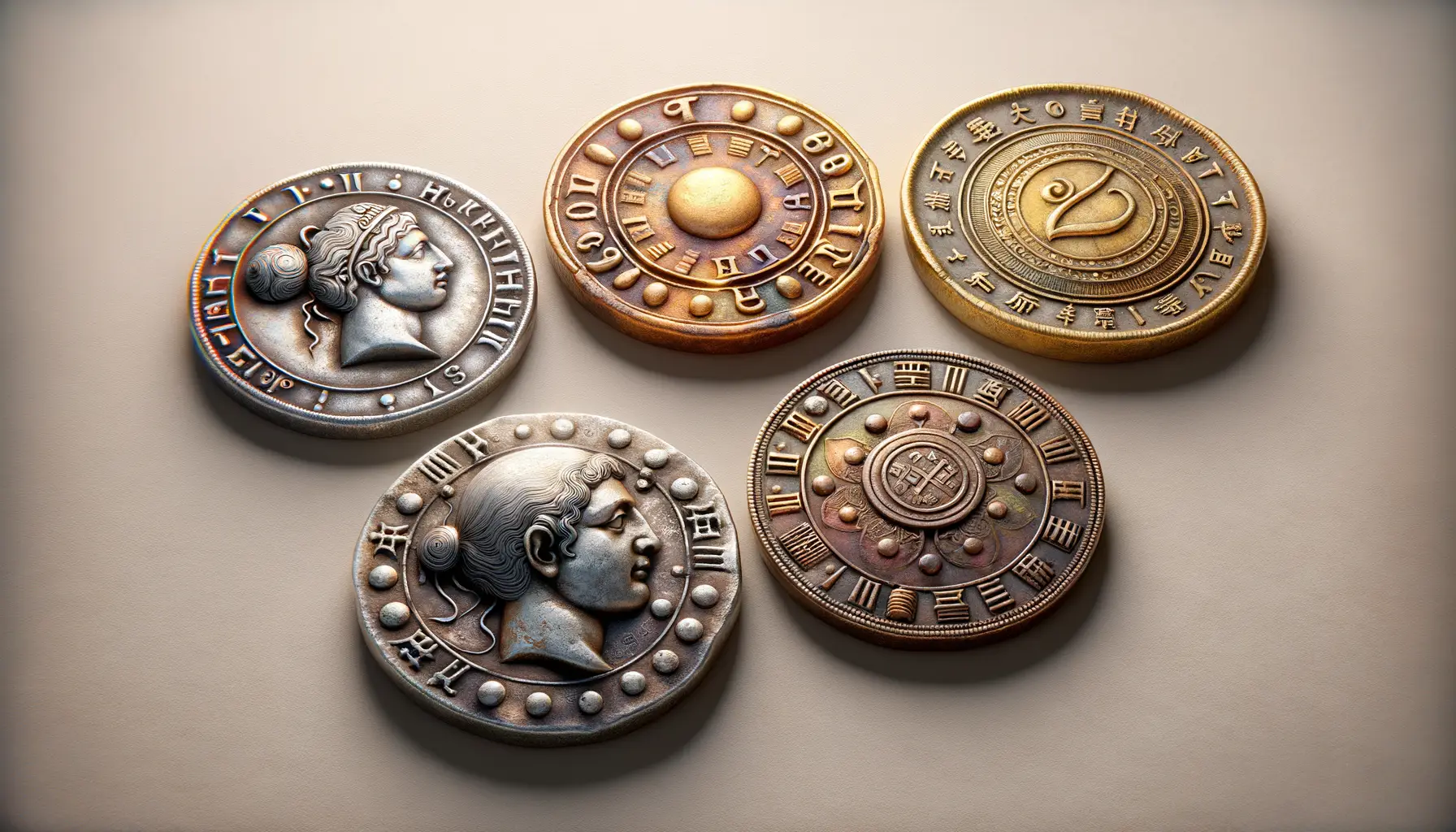
The Lustrous Appeal of Gold and Silver
The ancient world had a love affair with two metals that seemed almost magical: gold and silver. These weren’t just materials; they were symbols of power, trust, and beauty. Imagine holding a gold coin stamped with the face of a ruler—its weight alone spoke volumes about wealth and prestige. Gold, with its timeless durability and resistance to tarnish, became the shining star of early coinage. Meanwhile, silver offered a more accessible yet equally stunning alternative, often used in trade across vast empires like Persia and Greece.
But why these metals? The answer lies in their rarity, brilliance, and ability to be shaped into intricate designs. Gold and silver coins weren’t just currency; they were miniature works of art. Have you ever noticed how surviving ancient coins still gleam as if they carry whispers of old markets and bustling bazaars?
- Gold: Rare, non-corrosive, and universally valued.
- Silver: Malleable, versatile, and rich with symbolic meaning.
The Unsung Hero: Copper and Its Versatility
Not every coin shimmered with luxury. Enter copper, the hardworking underdog of ancient coinage. While gold and silver symbolized grandeur, copper was the people’s metal. Roman aes coins, for instance, were sturdy and widely circulated, making them perfect for everyday transactions like buying bread or wine. Copper’s reddish-brown hue held a rustic charm, and when alloyed with tin to form bronze, it gained even greater strength.
Unlike gold, copper wasn’t about flaunting wealth—it was practical, approachable, and essential. It connected emperors to everyday citizens, weaving itself into the fabric of daily life. Funny, isn’t it, how something so unassuming could hold such importance?
Transition from Precious Metals to Base Metals
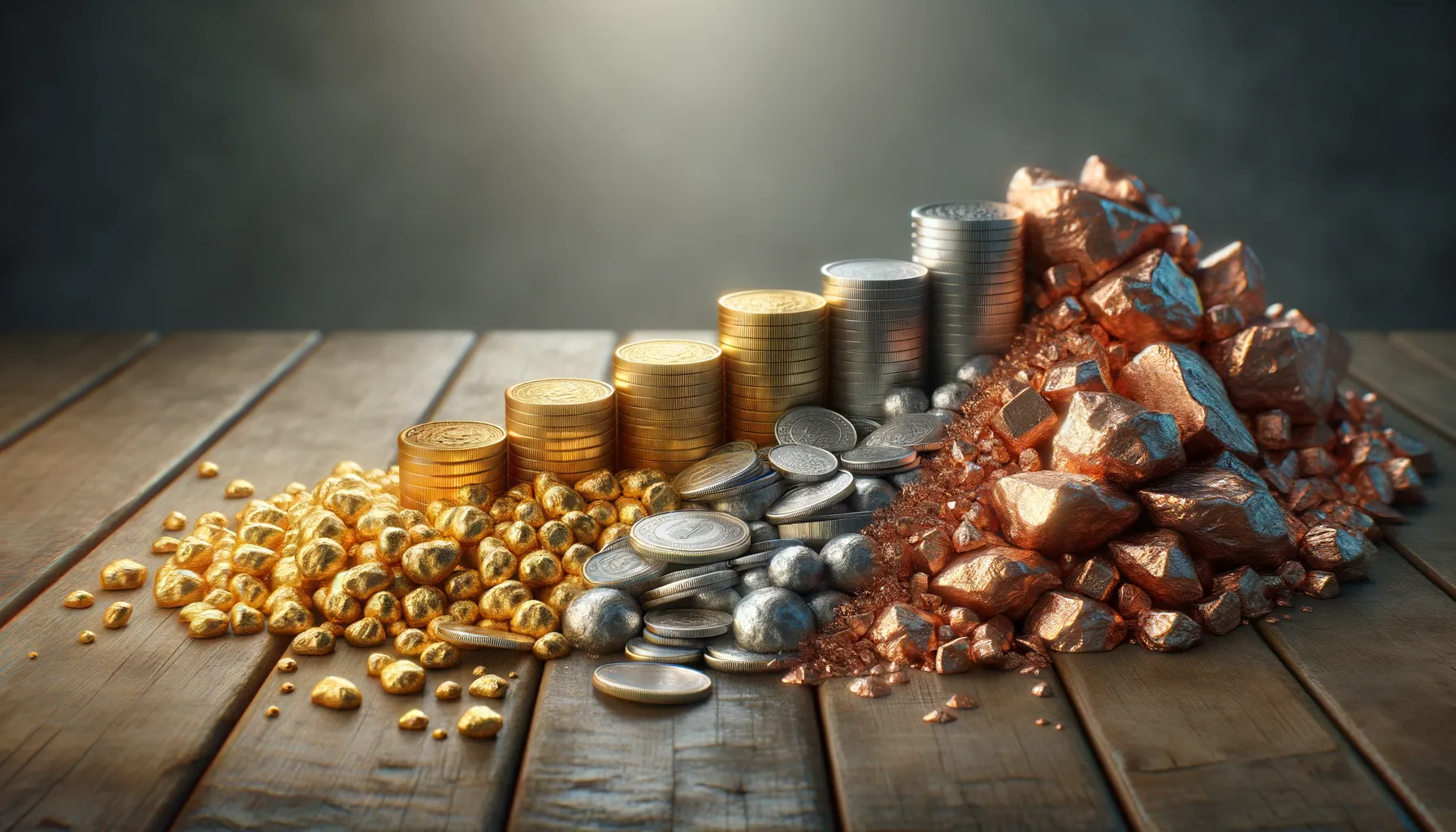
Why the Shift Away from Silver and Gold?
Imagine holding a coin made of pure silver or gold—there’s something undeniably magical about it. These metals, with their natural luster and intrinsic value, once dominated the world of currency. But as civilizations grew and economies expanded, the shine of these precious materials began to fade in the realm of everyday money. Why? It wasn’t because they lost their appeal, but because practicality, scarcity, and cost stepped in like an uninvited guest.
Let’s face it: using abundant and affordable base metals like copper, nickel, and zinc made far more sense for coins that were circulating widely. Governments needed coins they could produce at scale without bankrupting themselves. Plus, who wants to toss around a small fortune in their pocket just to buy bread?
- Cost efficiency: Base metals were cheaper and easier to source, making mass production feasible.
- Durability: Metals like nickel and copper could survive wear-and-tear far better than fragile, soft gold.
- Scarcity: With precious metals in high demand, keeping them locked up in vaults became more appealing than minting them into coins.
The shift wasn’t just about economics—it marked a cultural change, too. Suddenly, coins weren’t just tiny treasure chests; they became tools of trade, accessible to everyone.
Development and Use of Modern Coin Alloys
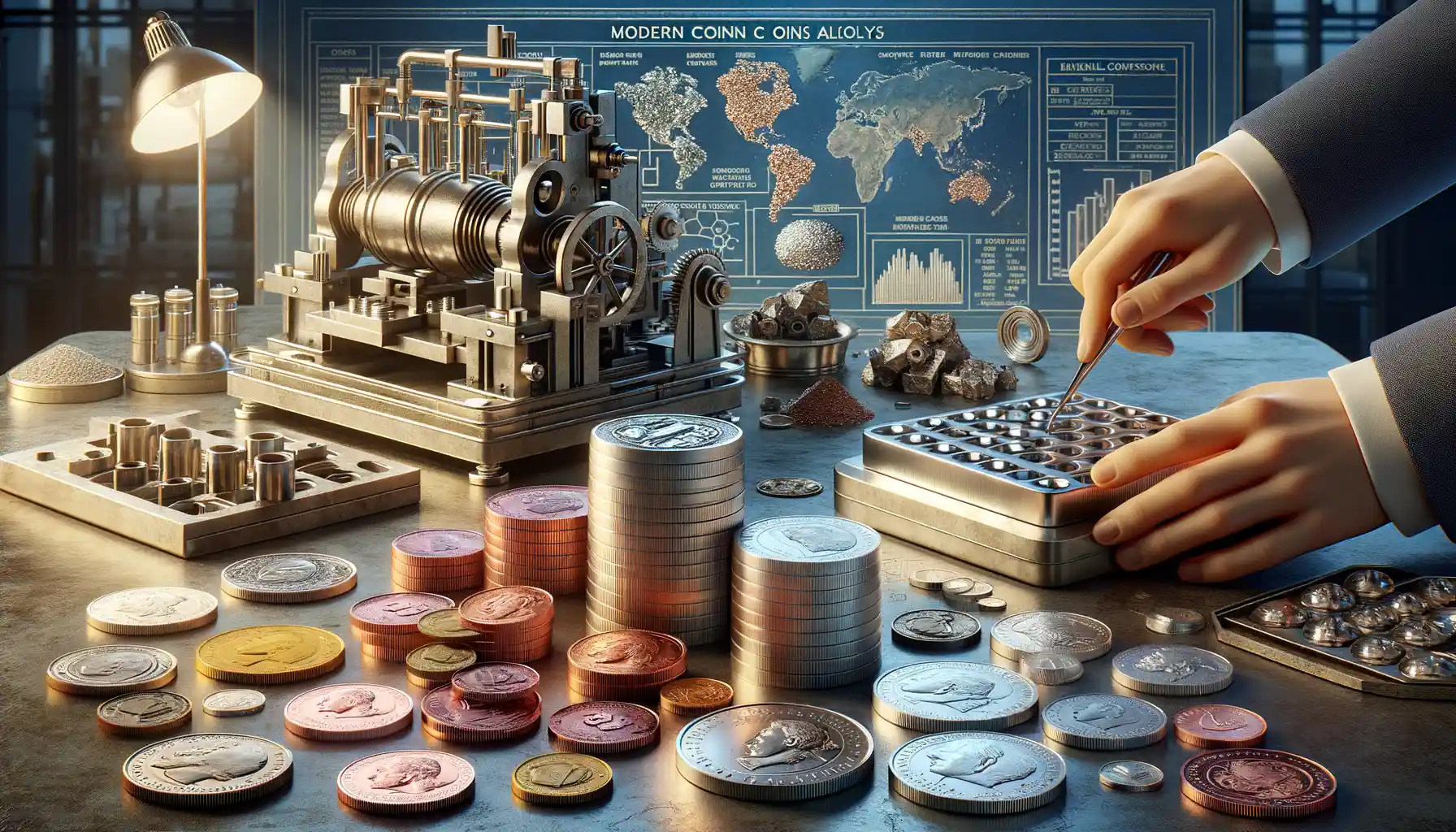
The Science Behind Modern Coin Alloys
It’s remarkable to consider how the coins jingling in your pocket today are the result of centuries of trial, error, and innovation. Modern coin alloys aren’t just metal blends—they’re intricate formulas designed to balance strength, aesthetics, and cost-effectiveness. Think of them as the superhero team of materials: each element brings its unique power to the mix.
Take the United States’ iconic nickel. It’s a blend of 25% nickel and 75% copper, a duo that combines durability with a pleasing metallic sheen. Over time, this formula has been perfected to ensure coins survive the abuse of vending machines, wallets, and countless hands without losing their shine.
Why not pure metals? Because they’re too soft, too expensive, or even too reactive. Imagine if your coins dissolved in a rainstorm—hardly ideal! Instead, alloying pairs metals like copper, nickel, and zinc for optimal performance and prolonged lifespan. This blending process creates coins that are lightweight yet sturdy, sophisticated yet cost-efficient.
Everyday Benefits of Thoughtful Alloy Choices
Modern coins use alloys not just for durability but also to prevent counterfeiting. Some governments integrate high-tech elements directly into the metal composition—like specific electromagnetic signatures—to make fake replicas harder to produce. Who would’ve thought such wizardry hides behind ordinary change?
Alloys also ensure color consistency. Ever notice how pennies differ from nickels or dimes? That’s no accident. This is achieved through careful mixtures like:
- Brass: A blend of copper and zinc for its warm golden tones.
- Cupro-nickel: Silver-like appearance without the hefty price tag.
Next time you toss a coin into a fountain or pay for coffee, remember—it’s more than spare change; it’s a masterpiece of modern material science.
The Future of Coin Materials and Their Sustainability
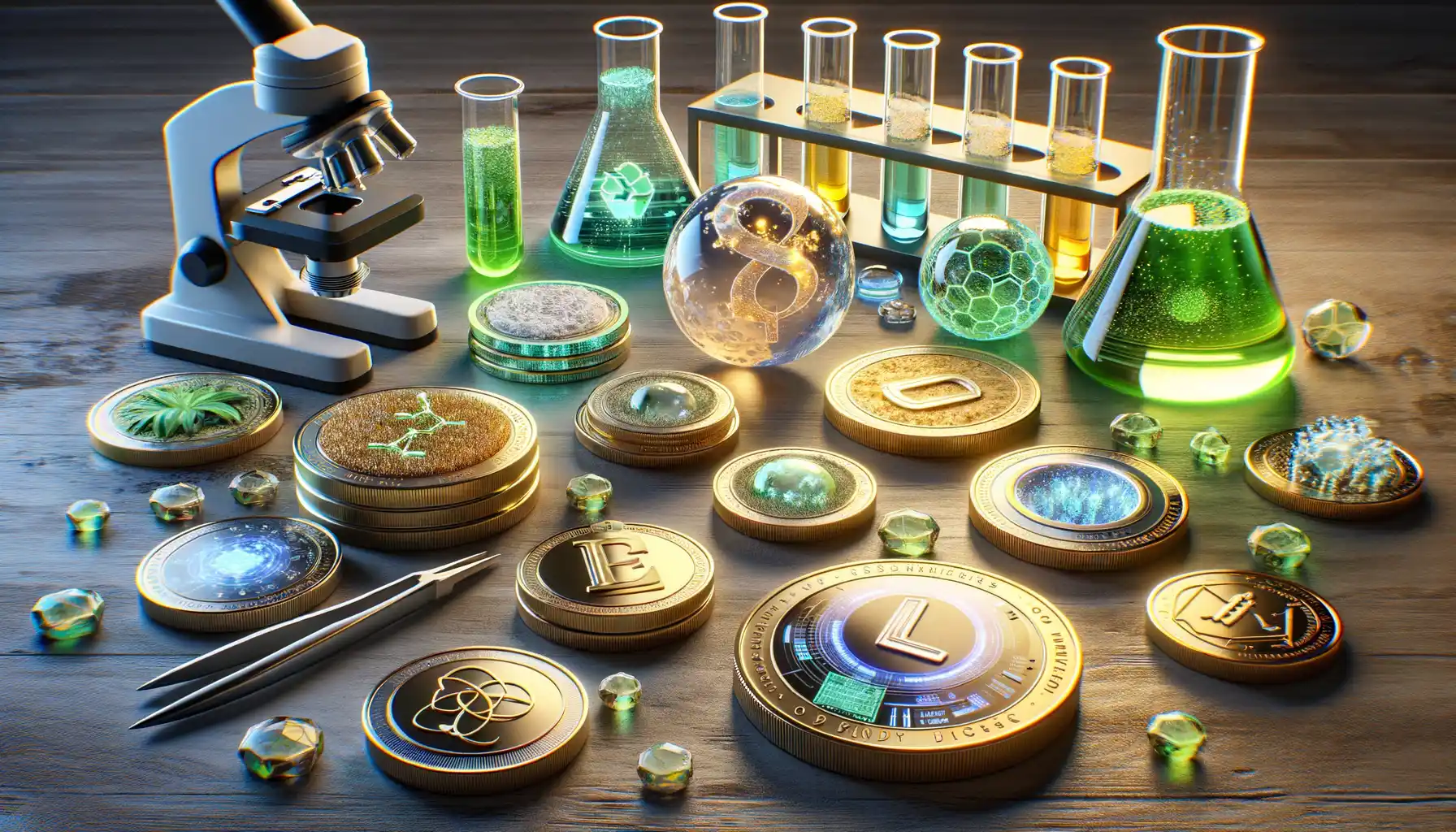
Revolutionizing Coins: A Glimpse into Green Innovation
What if the change jingling in your pocket today could help shape a greener tomorrow? That’s exactly where the future of coin materials is heading. Forget the traditional gold, silver, or even nickel—future coins might be made from cutting-edge, eco-friendly materials that aren’t just durable, but also kind to our planet.
With sustainability front and center, researchers are diving deep into innovative options such as bio-composites or even recycled ocean plastics. Imagine holding a coin that once floated in the Pacific—crazy, right? Cutting-edge alloys may soon incorporate renewable elements to reduce mining’s environmental toll while still maintaining the strength and security we expect.
- Self-healing metals? Yes, that’s a possibility. Picture coins that repair microscopic wear over time to stay pristine longer.
- Biodegradable substrates coated with conductive metals could become the new normal for low-denomination coins.
Challenges Meet Ingenuity in Sustainability
Yet, with all this excitement comes a balancing act. How do we ensure these futuristic materials align with cost-effectiveness and mass production? Governments and mints worldwide are tackling this question head-on with pilot programs, like Canada’s focus on recyclable coin prototypes. The goal? To keep coins both sustainable and functional without losing their cherished symbolism.
When it comes to tomorrow’s currency, it’s clear that innovation will not just shine—it will also stand for something deeper: a commitment to harmony between progress and preservation.

